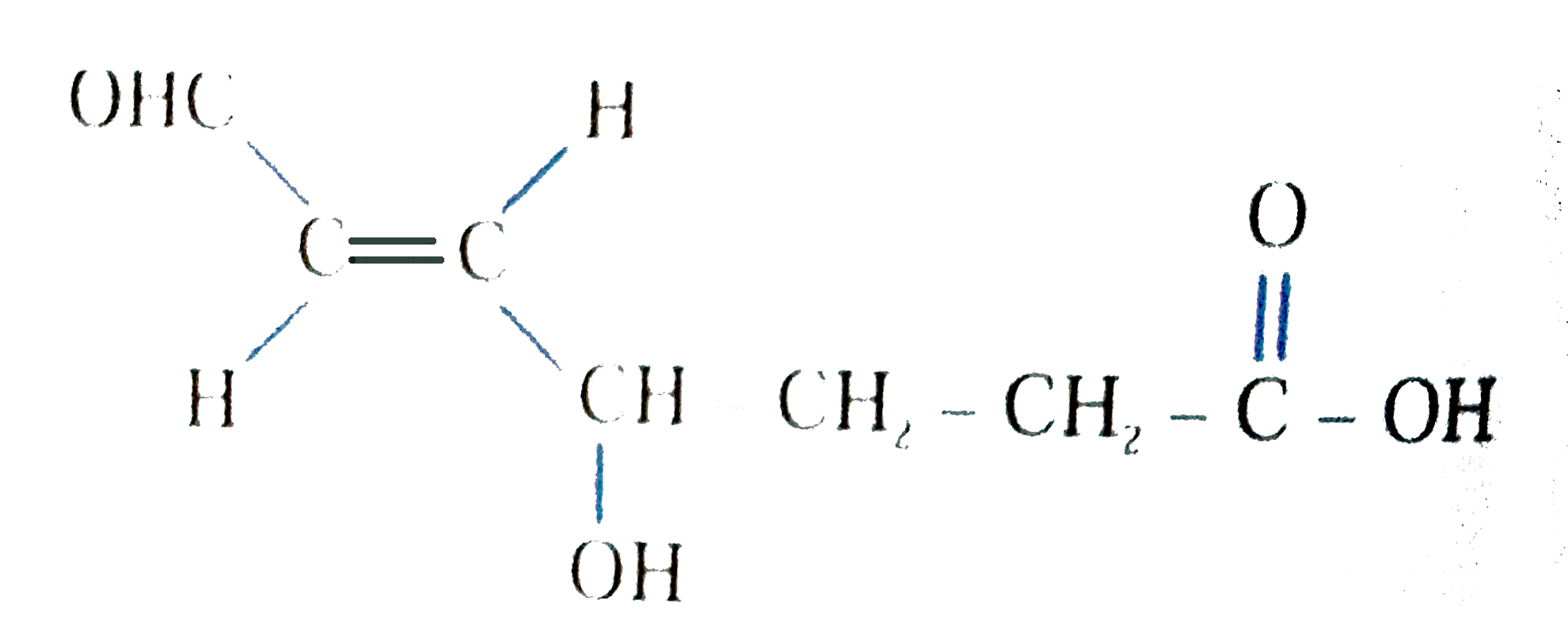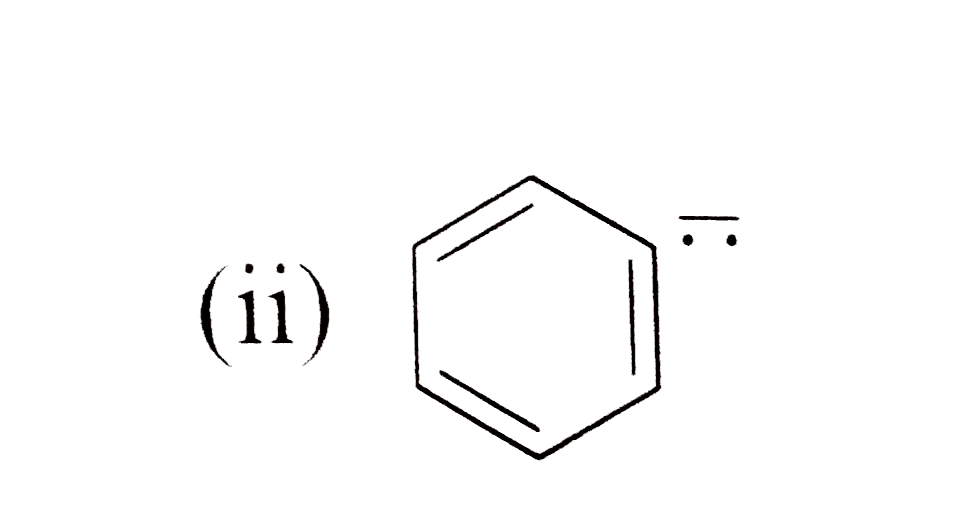Rate of the given reaction,
(1) A+Br1=0.05−−−−→X
(2) X+Br2=0.89−−−−→Y
(3) Y+Ar3=0.001−−−−−→AY
(4) AY+Br4=0.10−−−−→AYB will be determined by
Step 1 : because the reaction starts with the formation of X
Step 2 : because it is the fatest step
Step 3 : because it is the slowest step
Step 4 : because it ends the reaction
The correct Answer is:C
To determine which step of the given reactions will dictate the overall rate of the reaction, we need to analyze the rates of each individual step. Here are the steps to arrive at the solution:
1. Identify the Given Reactions and Their Rates:
- Reaction (1): A+B(r1=0.05)→X
- Reaction (2): X+B(r2=0.89)→Y
- Reaction (3): Y+A(r3=0.001)→AY
- Reaction (4): AY+B(r4=0.10)→AYB
2. Compare the Rates of Each Reaction:
- r1=0.05
- r2=0.89
- r3=0.001 (slowest)
- r4=0.10
3. Determine the Slowest Step:
- The rate-determining step (RDS) is the step with the lowest rate because it takes the longest time to complete, thus controlling the overall rate of the reaction.
- From the rates compared, r3=0.001 is the lowest.
4. Conclusion:
- Therefore, the step that determines the rate of the reaction is Step 3: Y+A(r3=0.001)→AY.
Final Answer:
The step that determines the rate of the reaction is Step 3.
---
- Reaction (1): A+B(r1=0.05)→X
- Reaction (2): X+B(r2=0.89)→Y
- Reaction (3): Y+A(r3=0.001)→AY
- Reaction (4): AY+B(r4=0.10)→AYB
- r1=0.05
- r2=0.89
- r3=0.001 (slowest)
- r4=0.10
- The rate-determining step (RDS) is the step with the lowest rate because it takes the longest time to complete, thus controlling the overall rate of the reaction.
- From the rates compared, r3=0.001 is the lowest.
- Therefore, the step that determines the rate of the reaction is Step 3: Y+A(r3=0.001)→AY.
The step that determines the rate of the reaction is Step 3.
Topper's Solved these Questions
- BOOK - NARAYNACHAPTER - CHEMICAL KINETICS EXERCISE - EXERCISE -430videos
CHEMICAL KINETICS
- BOOK - NARAYNACHAPTER - CHEMICAL KINETICS EXERCISE - EXERCISE -2 (H.W) COLLISION THEORY7videos
CHEMICAL KINETICS
- BOOK - NARAYNACHAPTER - CARBOXYLIC ACIDEXERCISE - All Questions288videos
CARBOXYLIC ACID
- BOOK - NARAYNACHAPTER - CHEMISTRY IN EVERYDAY LIFEEXERCISE - ASSERTION & REASON TYPE QUESTIONS10videos
CHEMISTRY IN EVERYDAY LIFE
Similar Questions
The role of a catalyst is to change
05:02View SolutionThe reaction A→C has activation energy for the forward and the backward reaction has 25 kJ and 32 KJ respectively. The ΔH for the reaction is
06:56View SolutionProvide IUPAC name of the compound given below.
 02:48View Solution
02:48View Solution(A) Analgesics bring down body temperature during high fever.
(R ) Tetracyclin is a tranquillizer.View SolutionIf f(x)=4x^(4)-ax^(3)+bx^(2)-cx+5(a,b,c in R) has four positive real zeros r_(1),r_(2),r_(3),r_(4) such that (r_(1))/(2)+(r_(2))/(4)+(r_(3))/(5)+(r_(4))/(8)=1. then a is equal to
03:34View SolutionThe correct order of rate of following reactions is CH_(3)-C=C-CH_(3)overset(HBr(1 eq.))underset(eta)rarr(X) overset(HBr(1 eq.))underset(r_(2))rarr (Y) H-C -=C-H overset(HBr(1 eq.))underset(r_(3))rarr(Z) CH_(3)-CH=CH-CH_(3) overset(HBr(1 eq.))underset(r_(4))rarr(W)
02:13View SolutionThe stability of carbanions in the following
(i) RC≡−..C , (ii)
(iii) R2C=−..CH , (iv) R3C−−..CH2
is in the order04:45View SolutionFor the given reaction, R-underset(R_(2))underset(|)overset(R_(1))overset(|)(C )-x overset(HOH)(rarr) R-underset(R_(2))underset(|)overset(R_(1))overset(|)(C )-OH Which substrate will give maximum racemisation?
02:20View SolutionProve that r1r2+r2r3+r3r1=14(a+b+c)2
View SolutionRate of the given reaction,
(1) A+Br1=0.05−−−−→X
(2) X+Br2=0.89−−−−→Y
(3) Y+Ar3=0.001−−−−−→AY
(4) AY+Br4=0.10−−−−→AYB will be determined byView SolutionProve that 4(r1r2+r2r3+r3r1)=(a+b+c)2
03:07View SolutionFor a consecutive reaction R_(1)overset(k_(1))to R_(2)overset(k_(2))to R_(3) , if initial concentration of R_(1) is 100 M and k_(1):k_(2)=1:0.15 , calculate the value of t_("max")("Given "k_(1)=4.0xx10^(-2)"min"^(-1)).
02:09View SolutionProduct in the following sequence of reaction R_(3)C- NH_(2) overset(KMnO_(4))to A overset(Cl_(2)//NaOH)to B
View Solution(a) alpha -ketoglutraric acid +NH_(4)^(+)+NaDPH overset(A)to (b) R-underset(NH_(3)^(+))underset(|)overset(H)overset(|)(C)-CO O^(-)+R_(2)-underset(O)underset(||)(C)-COO^(-)overset(B)to R_(1)-underset(O)underset(||)(C)-COO^(-)+R_(2)-underset(NH_(3)^(+))underset(|)overset(H)overset(|)(C)-COO^(-) . What are A and B mentioned above the arrow?
04:50View Solutionदी गयी अभिक्रिया कहलाती है
R1−R2∣C∣R3−COOHN3H−−−−−−−−−−→ सान्द्र H2SO4R1−R2∣C∣R3−NH205:43View Solution

